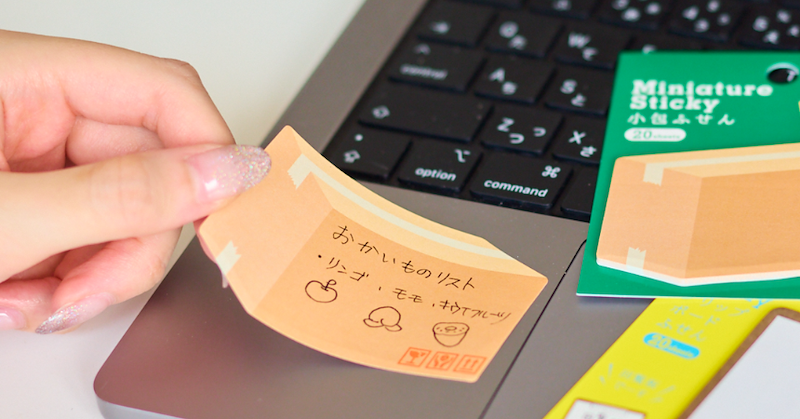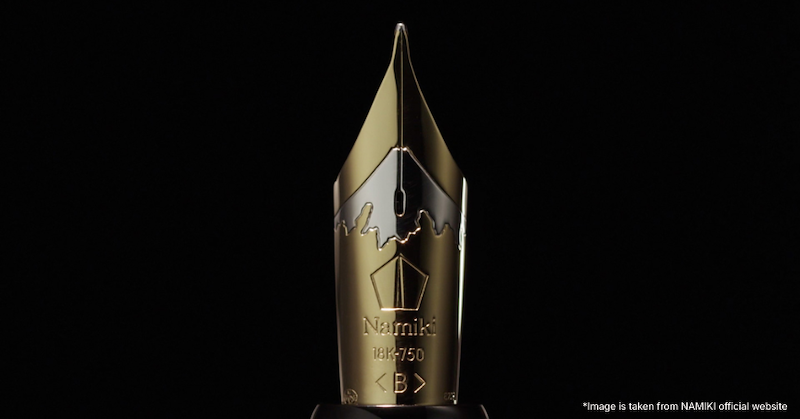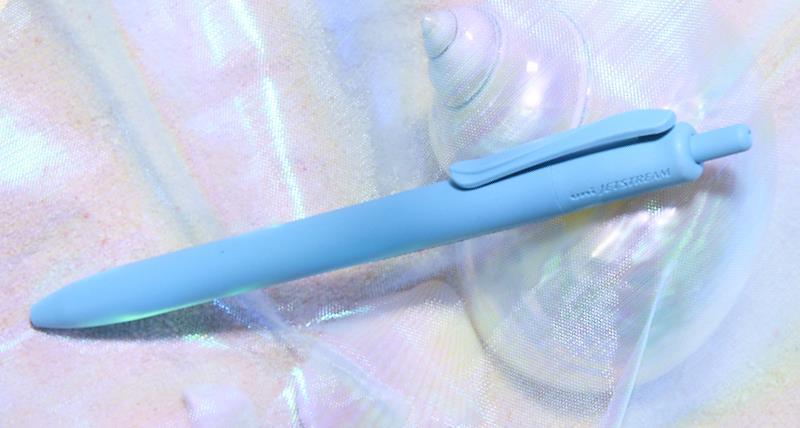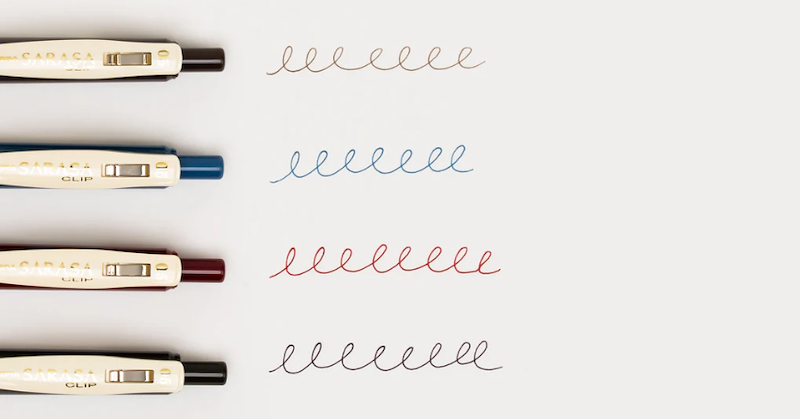
The evolution of Japanese pens
In the land of the rising sun, handwriting is regarded as a creative endeavor. From a very young age, children are taught the art of fine writing. Calligraphy, known in Japan as shodo (書道), is a huge part of the nation’s culture. Even today, the subject is being taught in the schools of the country.
That’s why Japan places great importance on high-quality writing instruments and paper. But before pens reached Japanese shores, people engaged in this art used brushes.
The fountain pen became an important part of the country’s culture when it was first introduced. The tool became a superior writing choice among the Japanese and has solidified its place even in the modern world.
When did the Japanese start using pens?
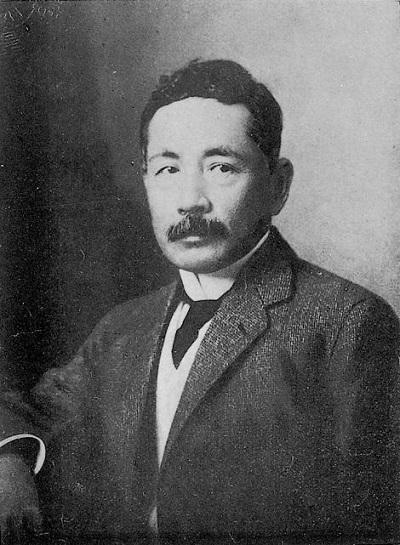
Natsume Soseki helped market fountain pens in Japan when they were first introduced in the country.
Fountain pens were introduced by merchants as a desirable imported product when they reached Japanese shores in the latter part of the 19th century (during the Meiji era). The sellers marketed it using essays, write-ups, and advertisements that feature the fountain pen.
Among the ads published was written by Japanese novelist Natsume Soseki. The piece was called Maruzen, Yo to Mannenhitsu (meaning “A Fountain Pen and I).
Japan’s Entrance to The Fountain Pen Production Market
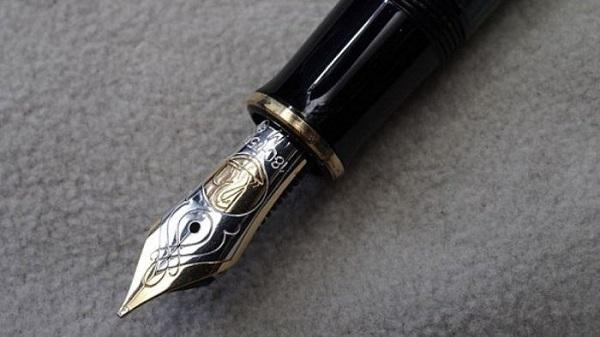
During the 20th century (Japan’s Taisho era) fountain pens were hailed as the symbol of innovation. At the time, it was considered the top fine writing instrument.
Part of modernizing pens was to use the ink within the barrel rather than dipping the nib on the ink. As fountain pens gained popularity in Japan, local production also gradually grew, which was accelerated by the nation's post-World War 2 manufacturing boom.
From an importer of fountain pens, Japan became a producer of products that had the same quality as Italian and German pens. Manufacturers achieved this feat by combining local practices and traditions with methods used in global markets.
Modern Japanese Fountain Pens
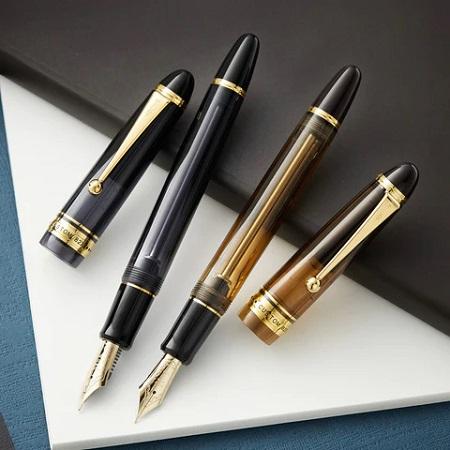
Presently, Japanese fountain pen manufacturers are well-known around the world. Some of the country’s biggest brands include Sailor, Pilot, and Platinum. By creating high-quality writing instruments with excellent craftsmanship, these brands cemented themselves among the best in the fountain pen industry.
The fountain pen plays a crucial role in modern Japanese life. This resulted from its widespread use in the country's pop culture, where it is regarded as a mark of individual identity.
It is typically given to a person to commemorate a significant success in life and career. The Japanese fountain pen business has been positioned as a vital component of the nation's identity. Even in today's digital world, fountain pens from Japan will continue to be renowned around the world by fine writers and hobbyists.
The Birth of Gel Pens
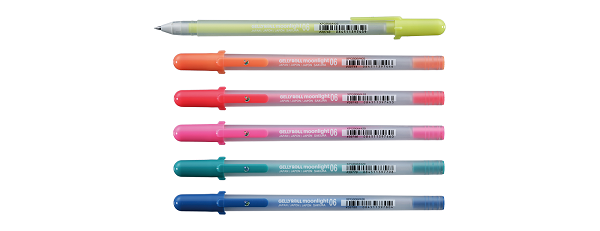
Japan is also known for the creation of the gel pen. The company behind this is Sakura Color Products Corporation, which is the manufacturer of the popular Gelly Roll Pens.
The company sought to develop a new type of water-based pen that was suitable for modern users. And although a stationery company called Ohto invented the rollerball pen, its ink wasn't ideal for daily use.
Sakura aimed to create a pen that could write on all types of paper with the same fluidity of a rollerball and be used for everyday tasks.
It was in 1982 when Sakura acquired a patent for the gel pen in Japan. Then in 1983, they obtained the patent in the USA. The first ever gel pen was born when they changed the Ballsign pen to have gel ink.
The Ballsign, which was mostly distributed in Japan, became known among artists for its vibrant colors, durability, and resistance to water. The Sakura Pigma Micron gel pen, often known as the "Micron," was introduced in 1982 and is still one of the most well-liked gel pens on the market today because of its precision.
How Gel Pens Work
The small metal ball at the tip of the nib is the part that makes the gel pen function. Within the pen, half of this ball is covered in ink. The inked side is exposed as the ball rolls while you write and leave marks on the paper.
Sakura Gelly Roll
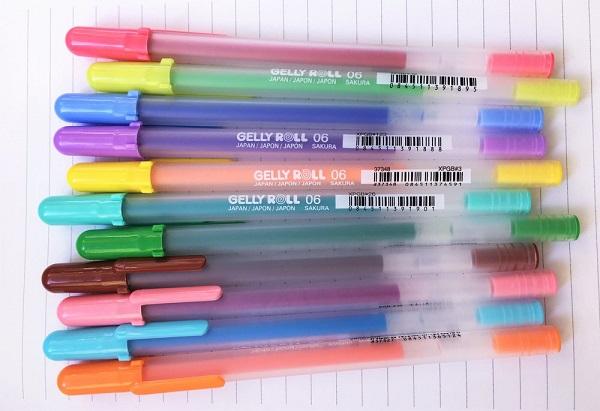
One of Sakura’s greatest achievements is the invention of the Gelly Roll line in 1988. When gel pens were introduced, they were mainly used by artists. It was through the Sakura Gelly Roll that gel pens went mainstream.
With this product, the world finally saw a colorful, appealing, and functional gel pen. The popularity of the gel pen soared as a result of the vast range of kaleidoscopic hues and the rounded and smooth appearance of the pen, which blended seamlessly with the fashion and aesthetics of the ‘80s.
Sakura Gelly Roll finally became a staple in homes and offices around the world. Aside from professional use, students made their notes vibrant and detailed with these gel pens.
Although people have seen countless imitations of the Gelly Roll pens, Sakura’s product remains unbeatable.
Brush Pens (Fude Pens)
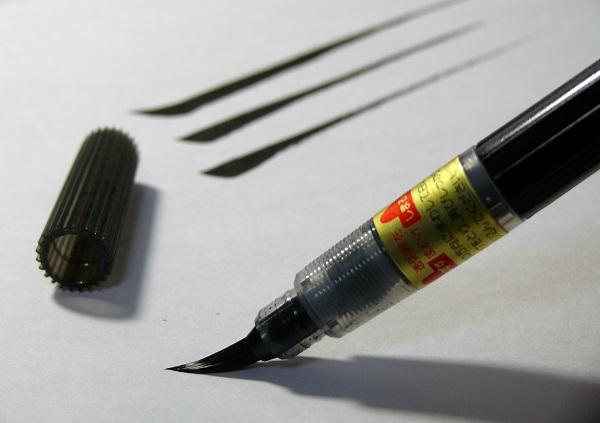
Japan successfully fused ancient tradition and modern pen innovations with their invention of the brush pen.
In the past, calligraphers could only write by dipping their brush in the ink. But it’s different with the brush pen. The ink is already within the barrel and flows to the brush nib. Brush pens aren’t just used for fine writing. Comic artists also use them to fill large areas with black ink.
Kuretake was the first to release the brush pen in 1973. Other Japanese brands that manufacture brush pens include Pentel, Sakura, and Tombow.
Why are Japanese pens better?
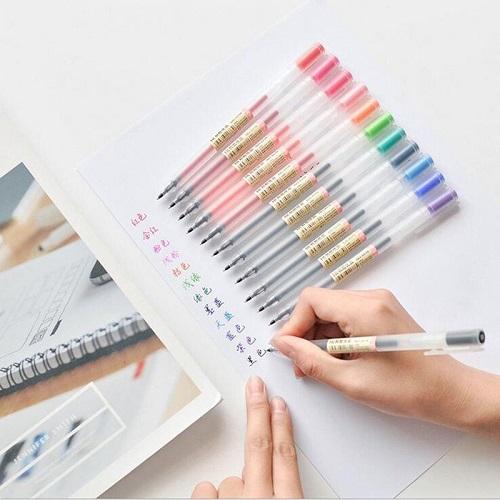
There are many things that make Japanese pens the cream of the crop. Aside from quality materials, Japanese stationery companies have highly engineered their pens not only for general use but also for specific functions. They finely tuned their products with precise nibs and smooth-flowing ink.
And you cannot deny that although Japan has a minimalistic approach to design, manufacturers ensure that there is attention to detail in the pens’ forms and function.
The country also has a wide range of pen styles. From ballpoint, gel, rollerball, and fountain pens, to brush pens and multiliners, users can choose a pen for their exact needs.
Overall, the attention to detail, quality materials, and advanced manufacturing processes used by Japanese pen manufacturers have helped to establish a reputation for high-quality pens that are both functional and stylish.
Subscribe to our Japanese stationery box to get your own pens delivered at home!
